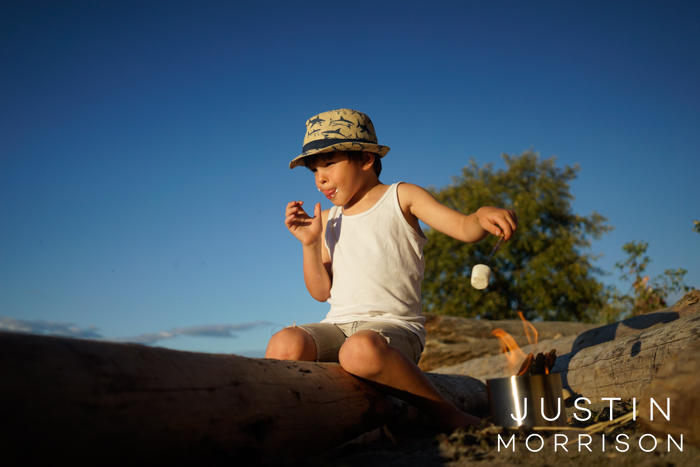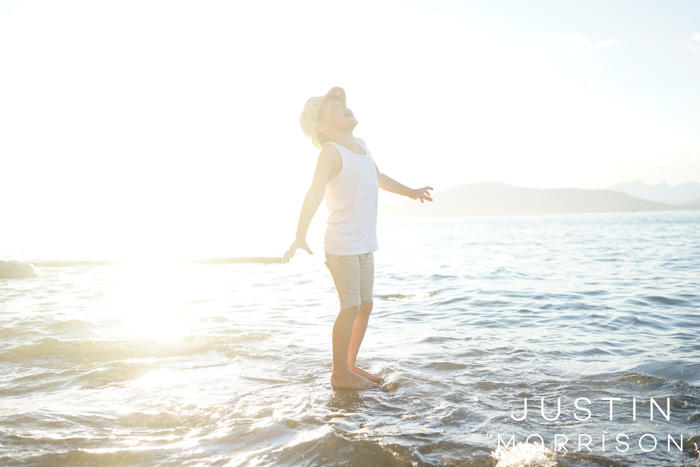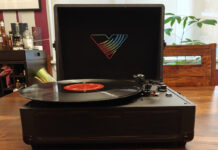 The Sony A7II is the second incarnation of Sony’s flagship A7 mirrorless camera. The A7 was a groundbreaking release because it was one of the first mirrorless cameras with a full-frame sensor. In fact the only other company that produces full-frame mirrorless cameras is Leica, and their’s are very, very expensive.
The Sony A7II is the second incarnation of Sony’s flagship A7 mirrorless camera. The A7 was a groundbreaking release because it was one of the first mirrorless cameras with a full-frame sensor. In fact the only other company that produces full-frame mirrorless cameras is Leica, and their’s are very, very expensive.
Full-frame
Full-frame sensors are larger than APS-C sized sensors – the standard for most consumer DSLRs. It’s about the biggest sensor you can get without remortgaging your house and buying a medium format camera. Overall you can expect the image quality of a full-frame sensor to be higher than that of a smaller sensor, particularly when you’re working in low-light (high ISO) situations.
The Professional’s Choice
A full-frame sensor will also give you a bigger file with more information to manipulate in post-production, and with a bigger file you can make a bigger print. The additional information in the file will allow you to claw back more detail in overexposed highlight areas and underexposed shadow areas. Hence, full-frame sensors are preferred by most professional photographers and serious enthusiasts.
Compact
When it comes to camera design, I think of Sony as a company that prioritises function over form. Their cameras don’t have the visual appeal and retro styling of, say, Fujifilm’s X-Series for example, but they do perform fantastically well and can output files of the highest quality. Considering it is a full-frame camera, the A7II is very compact, smaller than any DSLR. The build quality is superb, and the camera feels very solid in your hands.

External Controls
The A7II comes with lots of external controls. There are 5 dials (including the shooting mode dial) and ten buttons (including the shutter release) which gives you a huge amount of control at your fingertips, enough to satisfy the most demanding of photographers. I really like the exposure compensation dial, because I often photograph towards the sun, and I need to force my camera to overexpose in order to expose my subject correctly. The placement of the dial makes this really easy, and it goes to plus or minus three stops, where most only go to two stops.
Customizable
The A7II gives you lots of options to customise those external buttons and dials which is great because every photographer has their own way of shooting, and their own preferences about how they like to set up their camera.
Weak Menus
I have to say that I don’t like the menu screens on the A7II, and it’s an area I really feel Sony needs to pay some attention to. There are so many options on those menus that it’s kind of overwhelming, and the way they’re laid out is pretty flat and monotonous looking. I feel that with improved hierarchical layouts and some color scheming, the menus would be a lot more intuitive.

Short Battery Life
One of the downsides of this compact size, however, is reduced battery life. I was disappointed to discover how quickly the A7II ran out of juice, and it left me high and dry on a number of occasions. This is a pretty serious concern for professional photographers, and a replacement battery would be an absolute necessity. You can also buy a battery grip which holds two additional batteries.
USB Charged
One of the great things about Sony’s mirrorless cameras is that they are charged via a USB connection, so you can actually charge the A7II through your laptop when you’re on the road, although I did get the impression it charged quicker when plugged into the wall.
Tiltable LCD Screen
The A7II has a sharp and bright tiltable LCD screen which allows you to easily vary your angles by shooting overhead (awesome for crowded situations like music festivals) or shooting low to the ground. I’ve often found myself lying in the sand shooting wedding parties on beaches – problem solved when you have a tiltable LCD screen.
EVF
You do also have the option to shoot through the electronic viewfinder, which is important for a lot of photographers, myself included, because it really allows you to immerse yourself in the experience of photography. I truly believe my compositions are more effective when I have my eye to the camera. It also helps me to shut out my surroundings and focus on the image I’m trying to create.

Image Stabilization Included
The A7II is one of the very few cameras to have image stabilization built in, which is a feature normally incorporated into the actual lens. Image stabilization allows you to shoot images at speeds much slower than you normally would, because it compensates for camera shake caused by small movements of your hands. Bear in mind that you still might notice some blur caused by the movement of your subjects when you shoot at slower speeds.
Focus Modes
Sony is rightly proud of the autofocus speed of the A7II – it is wickedly fast. It has a variety of different focus modes, but the one I really like is ‘DMF’, which autofocuses when you half press the shutter release button, but still allows you to fine tune the focus manually.
Delete By Date
At one point while I was out shooting my card ran out of space, and I knew that I had downloaded some of the images but not all of them. I was pleasantly surprised to notice that there was an option to delete all images from a particular date in one go, and I was able to quickly clear lots of space of my card. Not a headline feature by any means, but one that I appreciated big time.
Time To Dump The DSLR?
I was fortunate enough to get the opportunity to test two of Sony’s high-end ZA lenses with the A7II; the Sonnar T* 35mm (reviewed here) and the Sonnar T* 55mm (reviewed here). The quality of image I was able to produce with these lenses combined with the A7II was truly spectacular, and it has genuinely made me rethink my current DSLR setup. The downsides right now are the battery life and also the options for wirelessly triggering flash units, which is something I do all the time on professional jobs.



